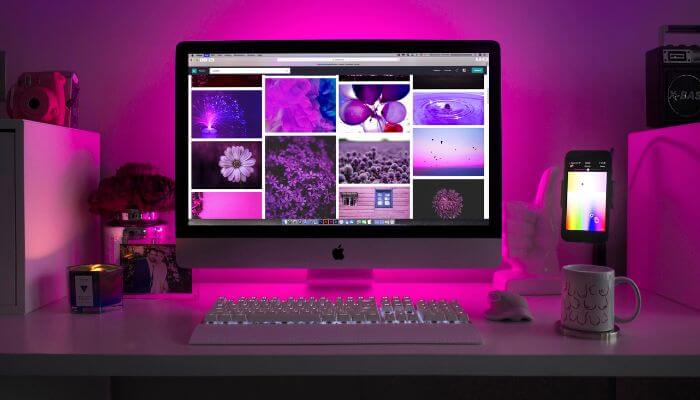If you’ve been keeping up with the lives of any professional gamers, you might be wondering about one thing. How much of a screen do professional players use? If you want to know more, read on.
KEY TAKEAWAYS:
- Instead of using larger monitors like 32-inch panels, professional gamers usually use 24-inch monitors. It’s possible to get more choices by contrasting 24-inch and 27-inch screens.
- Their preference for 24-inch screens is due in no little part to the fact that they support incredibly fluid gameplay at high frame rates and that some of them even offer QHD resolutions specifically for gaming.
- Professional gamers have had to adapt to the new practice of using 24 Inch Monitor at gaming events or risk being left behind.
What Kind of Monitor Do Pro Gamers Use, and What Size is It?
When playing at a professional level, most gamers use 24 inches or larger monitors. I mean, look at that size! The monitor’s width and height are popular among professional gamers for various reasons.
INSIDER TIP: A 24-inch monitor is a need for most professional gamers.
For What Reasons Do Competitive Gamers Choose 24-inch Displays?
Despite the prevalence of larger displays such as 32-inch and even larger screens, 24-inch monitors are the preferred choice of professional gamers for numerous reasons. Listed below is only a sample.
Highest Possible Refresh Rates
Professional gamers care more about frame rates than they do about screen resolution. The visual quality of the game is secondary to the precision it provides.
Fortunately, 24-inch gaming monitors are highly sought after by competitive gamers because of their notoriously high frame rates.
After all, the faster the information is presented, the quicker the player can respond. Although unattractive, it serves its purpose. That’s why Tfue prefers 240Hz refresh rates on 24-inch monitors.
INSIDER TIP: It’s not the resolution that matters most to professional gamers; it’s the frame rate.
Decreased Head Movements
The pro gaming scene is fast-paced, and the tiniest time advantage might determine who comes out on top.
Even the milliseconds it takes to move the head from one part of a screen to another can count. Users must constantly shift their heads when using a large monitor to take in the visual content.
With a small monitor, like a 24-inch screen, gamers can see the entire screen without craning their necks. Make sure you know how bright your gaming monitor has to be to prevent eye strain.
Standardized in Tournament Settings
Almost all significant eSports competitions have dozens of 24-inch screens. Professional gamers are effectively coerced into training on 24-inch screens because they must use them when the stakes are high, and the game is on the line.
Gaming on a CRT is preferable to an LCD. Also standard is a resolution of 1080p. Professionals will not waste time training on an ultra-wide, 36-inch, 4k 240hz display if they cannot expect to use one at the competition.
Fits the Ocular Focus Point
Humans’ two eyes were designed to focus on whatever is in the exact middle of their visual field. Large screens can’t be seen on their whole, but a 24-inch screen can.
WARNING: If the competition doesn’t provide a similar experience, it’s pointless for pros to hone their skills on an ultra-wide, 36-inch, 4k 240hz monitor at home.
Frequently Asked Question
Is 24-inch or 27-inch better for gaming?
If you need clarification about which size to buy, it all comes down to your preferences and how much you want to spend.
A 24-inch monitor is adequate for most people who need a monitor for general use and don’t mind scrolling around a bit.
A 27-inch monitor could be a worthwhile investment if you regularly need large viewing areas for work or gaming.
What size monitor do CS Go pros use?
The typical user can get by with a screen size of around 22 to 24 inches. However, a screen size of 24 or 27 inches is recommended for competitive play in Counter-Strike: Global Offensive.
What monitor size is best for 4K gaming?
We advise going straight for 4K on a 32-inch display to achieve a high pixel density and, consequently, a sharp image.

